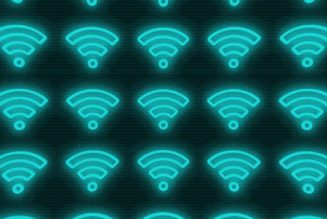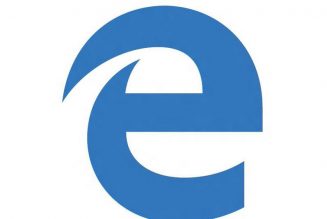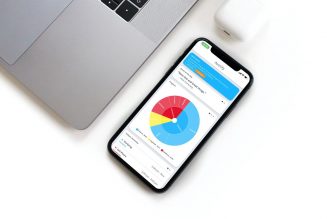Big white bezels. Matte, looks-like-plastic back. Thick profile. 2023. Android.
That’s about all we know about Google’s forthcoming Pixel Tablet, which the company teased during its keynote presentation for the I/O 2022 developer conference this week. Rick Osterloh, Google’s senior vice president of devices and services and head of the Pixel program, confirmed to my colleague David Pierce that the tablet is coming to fill out the range of Pixel devices and provide a complete ecosystem in Google’s lineup.
But as I saw the image of the Pixel Tablet pop up in the livestream during the keynote, I couldn’t help but react with, “That? That’s Google’s big return to tablet hardware?” The device that Google showed off brings to mind the front of a Samsung tablet from circa 2013 or 2014 with the back of an Amazon Fire HD 10, not something that would feel futuristic or even current in 2023 when it’s supposed to be released.
:no_upscale()/cdn.vox-cdn.com/uploads/chorus_asset/file/23454518/2022_5_11_google_io_847_11_30_52.jpg)
While it’s been a few years since Google has made a tablet of its own, the rest of the tablet market (namely, Apple and Samsung) have refined their products with sleek, aluminum frames; loud, expansive speaker systems; and trim bezels that make whatever’s on their bright, high-refresh-rate screens practically jump out at you. Heck, even relatively inexpensive Chrome OS tablets look more modern than what Google has shown off so far.
The other weird part of this design is that it lacks any similarity to the Pixel line of phones. When you see an iPad Air or iPad Pro, you can immediately see the connection to the latest iPhones. I’m not asking Google to put a camera bar across the back of the tablet (or maybe it should?), but this tablet looks like it could have been made by any company and doesn’t exactly fit in with Google’s Pixel 6, 6A, 7, or even the Pixel Watch. It almost looks like a reference design a factory might slap together for a client. That’s despite the fact that Osterloh described it as “a perfect companion for Pixel” and a “next-generation Android tablet.”
:no_upscale()/cdn.vox-cdn.com/uploads/chorus_asset/file/19435864/samsung_galaxy_tab_s_theverge_4_1020.jpg)
Much of this could be excused if Google decides to price the Pixel Tablet extremely low to compete with the budget Fire tablets from Amazon (and hearken back to the only Google tablet anyone liked, the Nexus 7). But in a separate conversation, Osterloh said the tablet would be “more of a premium style product, on the larger size,” which indicates to me it will A) not be particularly cheap and B) not be particularly small.
2023 is still a ways away, and Google has plenty of time to make adjustments here. We also know very little about the hardware itself — Which Tensor processor is inside? How much RAM and storage will there be? Does it support pen input? Will there be a version with less distracting black bezels? Are there detachable keyboard accessories? (As for the last point, it’s probable since there appeared to be pogo connection pins on the back of the tablet.) I’m also judging its design based on what we know of this year’s Pixel line of products. Perhaps by 2023, Google will have shifted everything over to a matte plastic aesthetic again, and the Pixel Tablet will fit right in with that. It’d be an odd turn after embracing premium metal and glass finishes on the Pixel phones, but it wouldn’t be the weirdest thing I’ve seen Google do.
:no_upscale()/cdn.vox-cdn.com/uploads/chorus_asset/file/23454522/2022_5_11_google_io_846_11_27_52.jpg)
And, of course, hardware won’t be what makes the Pixel Tablet sink or swim. It will all come down to software, which Google still has a lot of work to do to prove it cares about Android tablets. The company did commit to updating more than 20 of its first-party apps to better support tablet displays in the coming weeks, and it says it’s gotten support from major third-party apps to actually make tablet versions of their Android apps, too. But that’s a story we’ve heard many times before, and I’m reticent to believe it until I see it.
Despite all that and the long lead time before the Pixel Tablet hits the market, first impressions are important, and based on what we’ve seen so far, it’s hard to get excited for this and hard to see how Google is doing anything different than what we already have with tablets from other companies. It’s odd that it chose this hardware design to build interest in.
And ugh, those white bezels.








